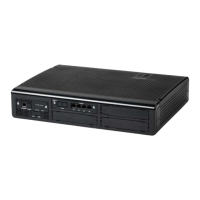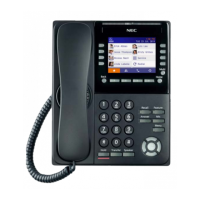6
Transmit Load Balancing
The server transmits on multiple adapters but receives only on the primary adapter. This mode
allows the iLO Shared Network Port to function correctly.
Select the NIC/port iLO uses as the Preferred Primary Adapter.
Switch Assisted Load Balancing
In this mode, there is no concept of primary and secondary adapters. All adapters are
considered equal for the purposes of sending and receiving data. This mode is the most
problematic for iLO Shared Network Port configurations because traffic destined for iLO can
be received on only one of the server NIC/ports. To determine the constraints that your switch
vendor places on their implementation of switch assisted load balancing, see the switch
vendor documentation.
iLO IP address acquisition
To enable iLO access after it is connected to the network, the iLO management processor must
acquire an IP address and subnet mask. You can use a dynamic address or a static address.
Dynamic IP address
A dynamic IP address is set by default. iLO obtains the IP address and subnet mask from DNS
or DHCP servers. This method is the simplest.
If you use DHCP:
• The iLO management port must be connected to a network that is connected to a DHCP
server, and iLO must be on the network before power is applied. DHCP sends a request
soon after power is applied. If the DHCP request is not answered when iLO first boots, it
will reissue the request at 90-second intervals.
• The DHCP server must be configured to provide DNS and WINS name resolution.
Static IP address
If DNS or DHCP servers are not available on the network, a static IP address is used. A static IP
address can be configured by using the BMC Configuration Utility.
If you plan to use a static IP address, you must have the IP address before starting the iLO
setup process.
iLO access security
You can use the following methods to manage access to iLO:
Local accounts
Up to 12 user accounts can be stored in iLO. This configuration is ideal for small environments
such as labs and small-sized or medium-sized businesses.
Login security with local accounts is managed through the iLO Access Settings and user
privileges.

